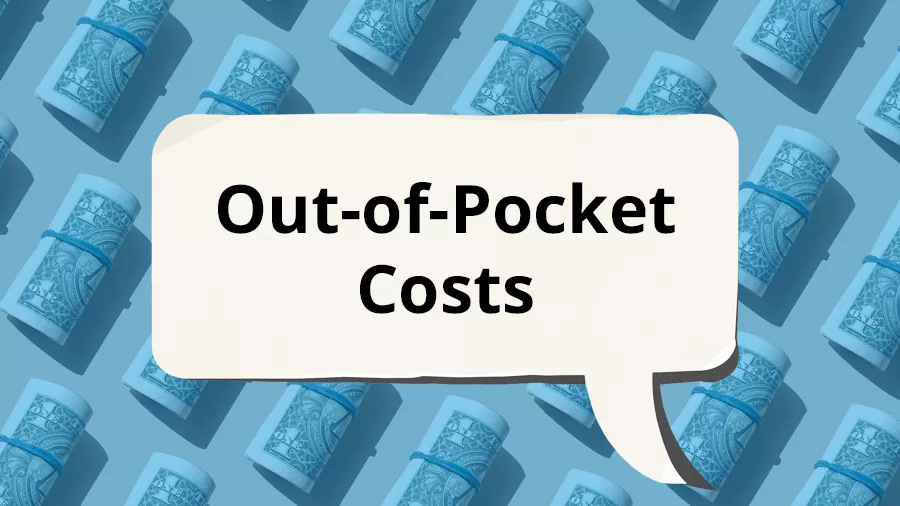Mortgage insurance plays a critical role in safeguarding both lenders and borrowers against unforeseen financial risks associated with home loans. In the United Kingdom, mortgage insurance, often referred to as mortgage payment protection insurance (MPPI) or mortgage indemnity guarantee (MIG), offers various types of coverage tailored to different circumstances. This comprehensive guide explores the costs involved in mortgage insurance, factors influencing these costs, and the importance of choosing the right policy to protect one’s financial interests. Whether you’re a prospective homebuyer or looking to secure your existing mortgage, understanding the nuances of mortgage insurance can help you make informed decisions for your financial future.
Understanding Mortgage Insurance
Mortgage insurance is a type of insurance policy designed to protect the lender in case the borrower is unable to make their mortgage payments. In the UK, mortgage insurance is also known as mortgage payment protection insurance (MPPI) or mortgage indemnity guarantee (MIG). This article explores the cost of mortgage insurance in the UK, the factors influencing these costs, and the various types of mortgage insurance available.
Types of Mortgage Insurance
Mortgage insurance in the UK can be broadly classified into three categories:
1. Mortgage Payment Protection Insurance (MPPI): This type of insurance covers the borrower’s mortgage payments if they lose their income due to unemployment, illness, or accident.
2. Life Insurance: This policy pays off the mortgage in full if the borrower passes away before the mortgage is repaid.
3. Critical Illness Cover: This insurance pays a lump sum if the borrower is diagnosed with a specified critical illness during the term of the policy.
Each type of insurance has its own cost structure and benefits, making it essential for borrowers to understand their individual needs and circumstances when choosing a policy.
Factors Influencing the Cost of Mortgage Insurance
The cost of mortgage insurance in the UK can vary significantly based on several factors. These include:
1. Type of Policy: Different types of mortgage insurance policies have varying costs. For instance, MPPI generally costs less than life insurance or critical illness cover.
2. Sum Assured: The amount of coverage or sum assured directly impacts the premium. Higher coverage amounts lead to higher premiums.
3. Policy Term: The duration of the policy affects the cost. Longer terms usually result in higher total premiums, though the annual cost may be lower for longer-term policies.
4. Borrower’s Age: Younger borrowers typically pay lower premiums compared to older borrowers, as the risk of illness or death increases with age.
5. Health and Lifestyle: Borrowers with pre-existing medical conditions or risky lifestyles (such as smoking) may face higher premiums due to the increased risk they pose to insurers.
6. Employment Status: Employment stability and the nature of the borrower’s job can influence the cost of MPPI. Higher-risk occupations may lead to higher premiums.
7. Waiting Period: Policies with shorter waiting periods before benefits kick in usually cost more than those with longer waiting periods.
Cost of Mortgage Payment Protection Insurance (MPPI)
MPPI is designed to cover monthly mortgage payments if the borrower loses their income due to illness, accident, or unemployment. The cost of MPPI can vary based on the factors mentioned above. On average, MPPI premiums range from £20 to £50 per month, depending on the coverage amount and the borrower’s circumstances.
Example Costs of MPPI
- Single Coverage: For a single individual, the cost of MPPI might be around £25 per month for a coverage amount of £1,000 per month.
- Joint Coverage: For a couple, the cost of MPPI might be approximately £45 per month for a coverage amount of £1,500 per month.
These figures are approximate and can vary based on individual circumstances and the insurer.
See Also: Should I Buy Plane Ticket Insurance?
Cost of Life Insurance for Mortgage Protection
Life insurance policies for mortgage protection are designed to pay off the outstanding mortgage balance if the borrower dies during the policy term. The cost of life insurance can vary widely based on factors such as age, health, and the amount of coverage required.
Example Costs of Life Insurance
- Young, Healthy Borrowers: For a 30-year-old non-smoker with no pre-existing health conditions, the cost of a life insurance policy with a sum assured of £200,000 might be around £10 to £15 per month.
- Older Borrowers: For a 50-year-old non-smoker, the same policy might cost around £40 to £60 per month.
- Smokers or Those with Health Conditions: Borrowers who smoke or have pre-existing health conditions may face significantly higher premiums. For example, a 30-year-old smoker might pay around £25 to £35 per month for the same coverage.
Cost of Critical Illness Cover
Critical illness cover pays out a lump sum if the borrower is diagnosed with a specified critical illness during the policy term. The cost of critical illness cover is typically higher than that of life insurance due to the increased likelihood of a claim being made.
Example Costs of Critical Illness Cover
- Young, Healthy Borrowers: For a 30-year-old non-smoker, the cost of a critical illness policy with a sum assured of £200,000 might be around £30 to £40 per month.
- Older Borrowers: For a 50-year-old non-smoker, the same policy might cost around £100 to £150 per month.
- Smokers or Those with Health Conditions: Borrowers who smoke or have pre-existing health conditions may face significantly higher premiums. For example, a 30-year-old smoker might pay around £60 to £80 per month for the same coverage.
Comparing Mortgage Insurance Policies
When comparing mortgage insurance policies, it is essential to consider not only the cost but also the coverage and benefits provided. Borrowers should assess their individual needs and circumstances to determine the most suitable policy. Here are some key points to consider when comparing policies:
1. Coverage Amount: Ensure that the coverage amount is sufficient to cover the outstanding mortgage balance.
2. Policy Term: The policy term should align with the mortgage term to ensure continuous coverage.
3. Exclusions and Limitations: Review the policy exclusions and limitations to understand what is not covered.
4. Waiting Period: Consider the waiting period before benefits are paid out. Shorter waiting periods may be more expensive but provide quicker coverage.
5. Premium Increases: Check if premiums are guaranteed to stay the same or if they can increase over time.
6. Additional Benefits: Some policies may offer additional benefits, such as payment holidays or support services, which can add value.
How to Reduce the Cost of Mortgage Insurance
Borrowers can take several steps to reduce the cost of mortgage insurance. Here are some tips to help lower premiums:
1. Shop Around: Compare quotes from multiple insurers to find the best deal. Online comparison tools can help identify the most competitive rates.
2. Healthy Lifestyle: Maintaining a healthy lifestyle, such as quitting smoking and regular exercise, can lower premiums.
3. Review Coverage Amount: Assess the necessary coverage amount and avoid over-insuring. Only opt for the coverage amount needed to repay the mortgage.
4. Increase Waiting Period: Choosing a longer waiting period before benefits are paid can reduce premiums.
5. Combine Policies: Some insurers offer discounts for combining life insurance and critical illness cover in a single policy.
6. Consider Joint Policies: For couples, joint policies can be more cost-effective than individual policies.
The Importance of Mortgage Insurance
Mortgage insurance is crucial for protecting both the borrower and the lender. It ensures that the borrower’s family is not burdened with mortgage payments in case of unforeseen circumstances, such as death, illness, or unemployment. For lenders, mortgage insurance mitigates the risk of default and protects their financial interests.
Conclusion
The cost of mortgage insurance in the UK varies based on several factors, including the type of policy, sum assured, policy term, and the borrower’s age, health, and lifestyle. On average, MPPI costs range from £20 to £50 per month, life insurance premiums can range from £10 to £60 per month, and critical illness cover can cost between £30 and £150 per month.
Borrowers should carefully assess their needs and compare quotes from multiple insurers to find the most suitable and cost-effective policy. By understanding the factors influencing the cost of mortgage insurance and taking steps to reduce premiums, borrowers can ensure they have adequate protection without overpaying. Mortgage insurance is a vital component of financial planning, providing peace of mind and financial security for both the borrower and their family.
[inline_related_posts title=”You Might Be Interested In” title_align=”left” style=”list” number=”6″ align=”none” ids=”3185,3180,3177″ by=”categories” orderby=”rand” order=”DESC” hide_thumb=”no” thumb_right=”no” views=”no” date=”yes” grid_columns=”2″ post_type=”” tax=””]





















